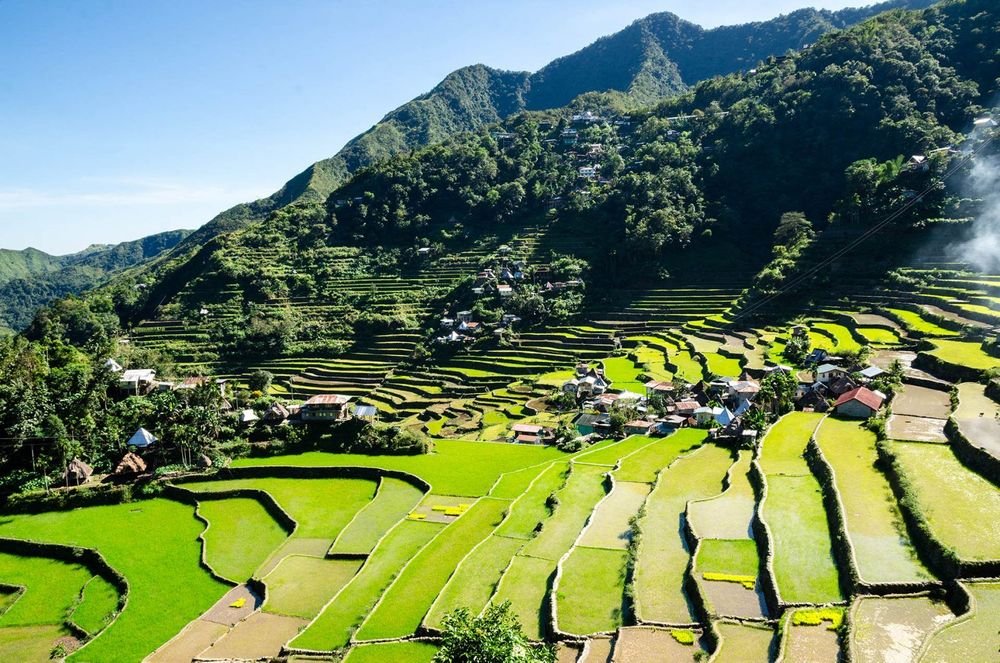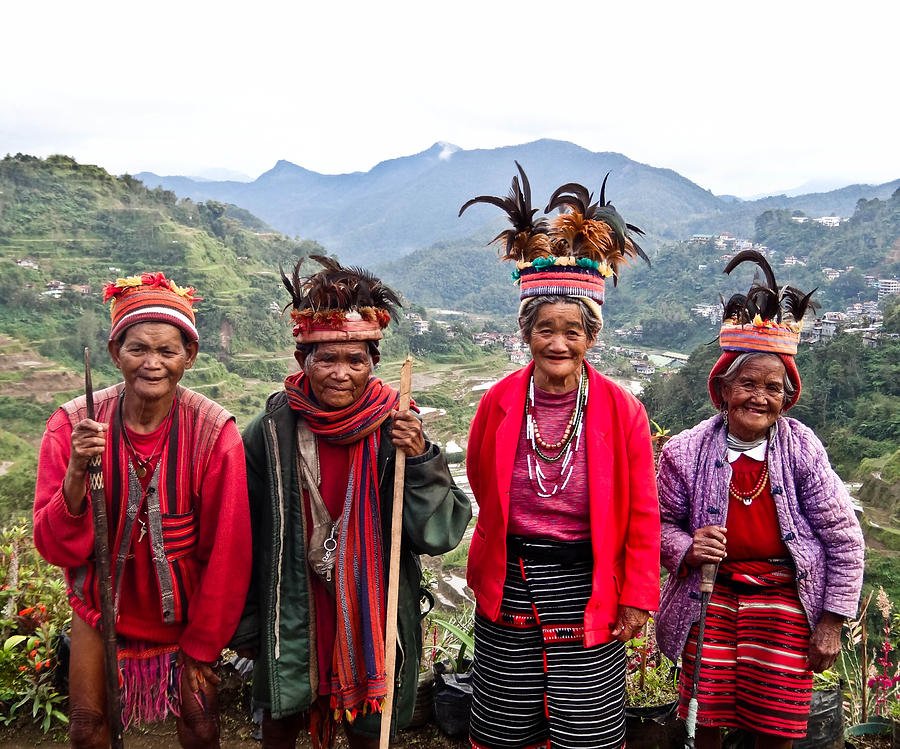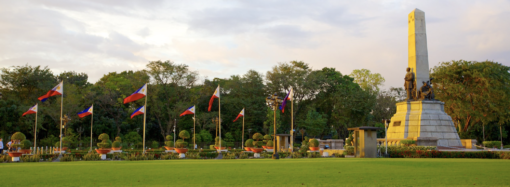The verdant Cordillera mountain range in the Philippines lies a marvel of ancient engineering and cultural heritage: the Banaue Rice Terraces. Often referred to as the “Eighth Wonder of the World,” these terraces are a testament to the ingenuity and resilience of the Ifugao people, who carved these magnificent landscapes into the mountainsides over 2,000

The verdant Cordillera mountain range in the Philippines lies a marvel of ancient engineering and cultural heritage: the Banaue Rice Terraces. Often referred to as the “Eighth Wonder of the World,” these terraces are a testament to the ingenuity and resilience of the Ifugao people, who carved these magnificent landscapes into the mountainsides over 2,000 years ago.
Why it is called Banaue Rice Terraces?
The name “Banaue” is derived from the local term “Banaw,” which means elevated land. Hence, the Banaue Rice Terraces are aptly named due to their location in the Banaue municipality of Ifugao province. These terraces are renowned for their breathtaking beauty and intricate irrigation system, which continues to sustain the cultivation of rice by local farmers to this day.
The importance of the Banaue Rice Terraces to the local people.

For the indigenous Ifugao people, the Banaue Rice Terraces are more than just a scenic attraction; they are a sacred heritage deeply intertwined with their identity, culture, and livelihoods. The terraces represent a sustainable agricultural system that has been passed down through generations, embodying the wisdom of traditional farming practices and ecological harmony.
The terraces serve as the primary source of livelihood for many Ifugao families, providing sustenance and economic stability. Moreover, they are a symbol of community cohesion and cooperation, as the maintenance and cultivation of the terraces often involve collective labor and communal rituals.
Why people must visit Banaue Rice Terraces

Visiting the Banaue Rice Terraces offers travelers a unique opportunity to immerse themselves in both natural beauty and cultural heritage. Here are some compelling reasons why people must experience this wonder:
- Spectacular Scenery: The terraces, with their cascading layers of greenery, present a stunning vista that is unparalleled in its grandeur and scale. Visitors can witness the interplay of light and shadow across the terraced landscape, particularly during sunrise and sunset, creating a mesmerizing visual spectacle.
- Cultural Immersion: Exploring the terraces provides insight into the rich cultural traditions of the Ifugao people. Travelers can engage with local communities, learn about traditional farming techniques, and participate in cultural activities such as weaving, wood carving, and indigenous rituals.
- Historical Significance: The Banaue Rice Terraces are a UNESCO World Heritage Site and are recognized for their historical significance as a living testament to ancient agricultural practices. By visiting these terraces, travelers can appreciate the legacy of past civilizations and gain a deeper understanding of human ingenuity and adaptation to diverse landscapes.
- Adventure and Eco-Tourism: Beyond the terraces themselves, the surrounding area offers opportunities for trekking, hiking, and eco-tourism adventures. Visitors can explore nearby waterfalls, caves, and indigenous villages, allowing for an enriching and immersive travel experience.
The easiest route to Banaue Rice Terraces
Reaching the Banaue Rice Terraces typically involves traveling by land from Manila, the capital city of the Philippines. While there are several routes to Banaue, the most common and convenient option is to take a bus from Manila to Banaue, which is approximately a 9 to 10-hour journey depending on road conditions.
Several bus companies operate regular services between Manila and Banaue, with terminals located in various parts of the city. It is advisable to book tickets in advance, especially during peak travel seasons, to ensure availability and secure preferred seating.
Once in Banaue, travelers can arrange guided tours or explore the terraces independently. Local accommodations, ranging from guesthouses to homestays, are available for those wishing to extend their stay and fully immerse themselves in the beauty and culture of this remarkable destination.
Thus, the Banaue Rice Terraces stand as a testament to the harmonious relationship between humanity and the natural environment, embodying the timeless wisdom and resilience of the Ifugao people. A visit to these awe-inspiring terraces offers not only a visual feast for the senses but also a profound appreciation for the cultural heritage and ecological significance of this UNESCO World Heritage Site.



















Leave a Comment
Your email address will not be published. Required fields are marked with *